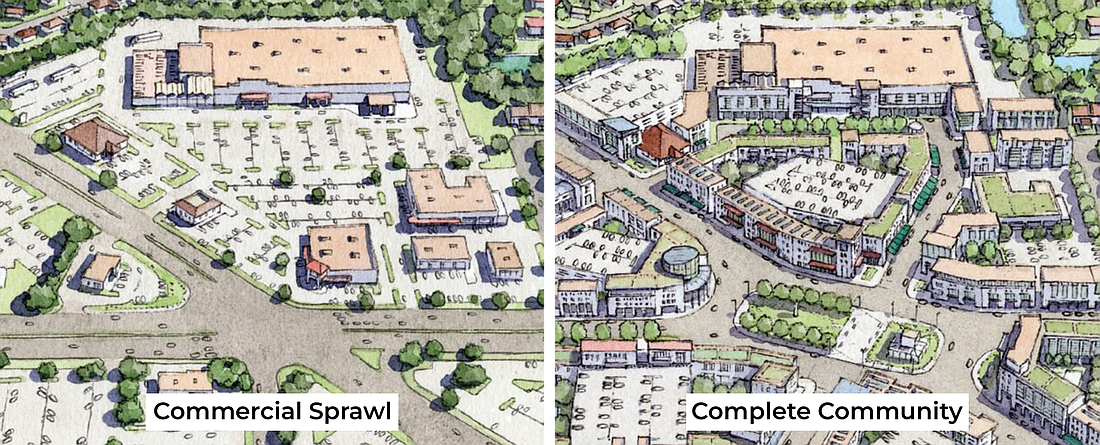- March 12, 2025
-
-
Loading

An ordinance to provide incentives to include affordable housing in commercial centers and corridors was approved on its first reading before the Sarasota City Commission on Monday, but by the narrowest of margins.
By a 3-2 vote, the law to expand the program to offer additional density and building height from the downtown zoning districts into the primary suburban arteries was advanced to a second reading, scheduled for April 1.
Although Vice Mayor Jen Ahearn-Koch and Commissioner Debbie Trice voted against approval, it was not out of opposition to affordable housing, but rather the percentage of attainable units provided per project. More to the point, the lack of them when compared to the overall density bonuses.
Both Ahearn-Koch and Trice argued that with an average net gain of 11.5% of the units per project reserved for households earning up to 80%, 100% and 120% of the area median income, the additional density of market rate units will only exacerbate the city’s current crisis of not enough workforce housing to keep up with the service needs of the population growth. Each qualifying project must provide one-third of the affordable units at each of those AMI tiers for 30 years.
They also argued that triple the base density as an incentive is too much for the rate of return.
The ordinance provides that, in order to qualify for density bonuses of up to three times zoning restrictions, 15% of the additional units must be reserved for affordable and attainable housing for at least 30 years.
“I think we could get much, much more affordable housing because Sarasota is such a desirable place to be,” Ahearn-Koch said. “I think we could have asked for much more, so I can't support this. I think we could do much better.”
Much better than 15% of the bonus density, which she contended will only add to the affordable housing-to-market rate ratio deficit.
Planning staff countered that the city has in the past attempted to incentivize affordable housing at a higher percentage with a 25% minimum of the bonus density in the Rosemary District, a formula that yielded zero new affordable units over more than a decade. Ahearn-Koch suggested somewhere between 15% and 25% should be the target range to yield the desired benefit.
“That’s a policy decision from the commission,” said City Manager Marlon Brown. “If you raise that, you're not going to get any pushback from us. Our only fear is will developers take advantage of it.”
Planning Director Steven Cover said the 15% of bonus density is yielding results in the downtown zoning districts with several projects working their way through the approval process. The proven formula, he said, should be duplicated.
“Keep in mind that we’re at 15% of the bonus units now in downtown, and it's already working,” Cover said. "If we go to 17% or 20%, we might get zero.”
Planning General Manager Ryan Chapdelain told commissioners the affordable housing overlay along commercial centers and corridors permits mixed-use development where currently only commercial may be built, and that a key part of the goal is to encourage walkable communities where residents may live, work and shop without driving.
Siding with the majority, Commissioner Kyle Battie said that while an affordable unit net yield of 11.5% of the overall development may not be ideal, it’s good enough and can be adjusted going forward.
“I don't want to sacrifice good for perfect. Nothing is perfect,” he said. “Prior to this commission there was no affordable housing. Without this, we yield it zero.”
In support of the ordinance, Mayor Liz Alpert said the bonus height and density are necessary to offset the cost of building and holding the affordable units for a minimum of three decades.
“You need 200 or 300 units and five stories because of the cost related to doing apartments and condos with affordable housing,” Alpert said. “You have to have the density to make it work, and this density is also helping with increasing the supply, which also creates more affordable housing. The place to do it is in the downtown and along busy corridors and our commercial areas.”
Among the Planning Board provisions for recommendation for approval is a to make neighborhood workshops for applicable developments a requirement, rather than voluntary as was originally proposed.